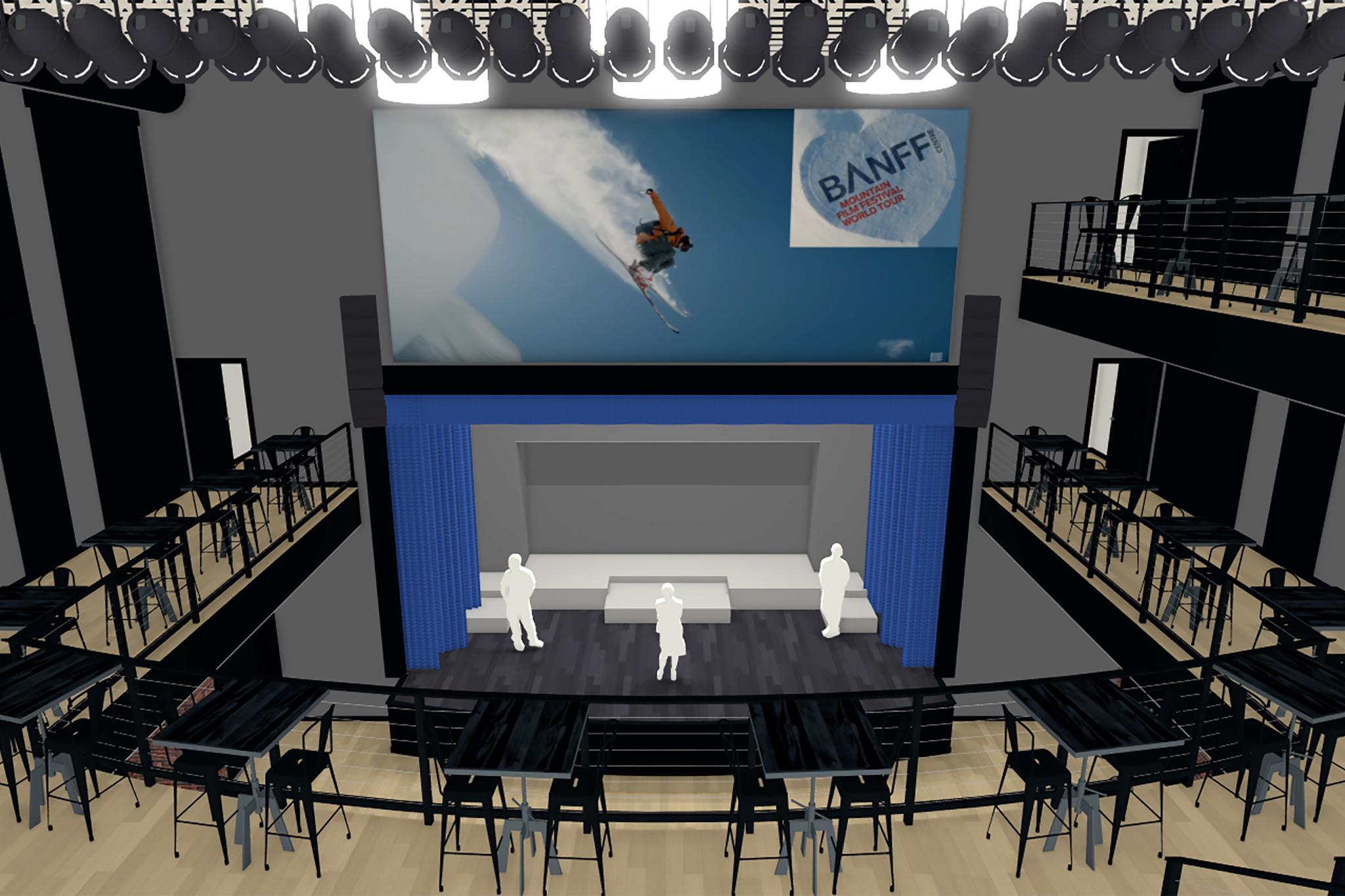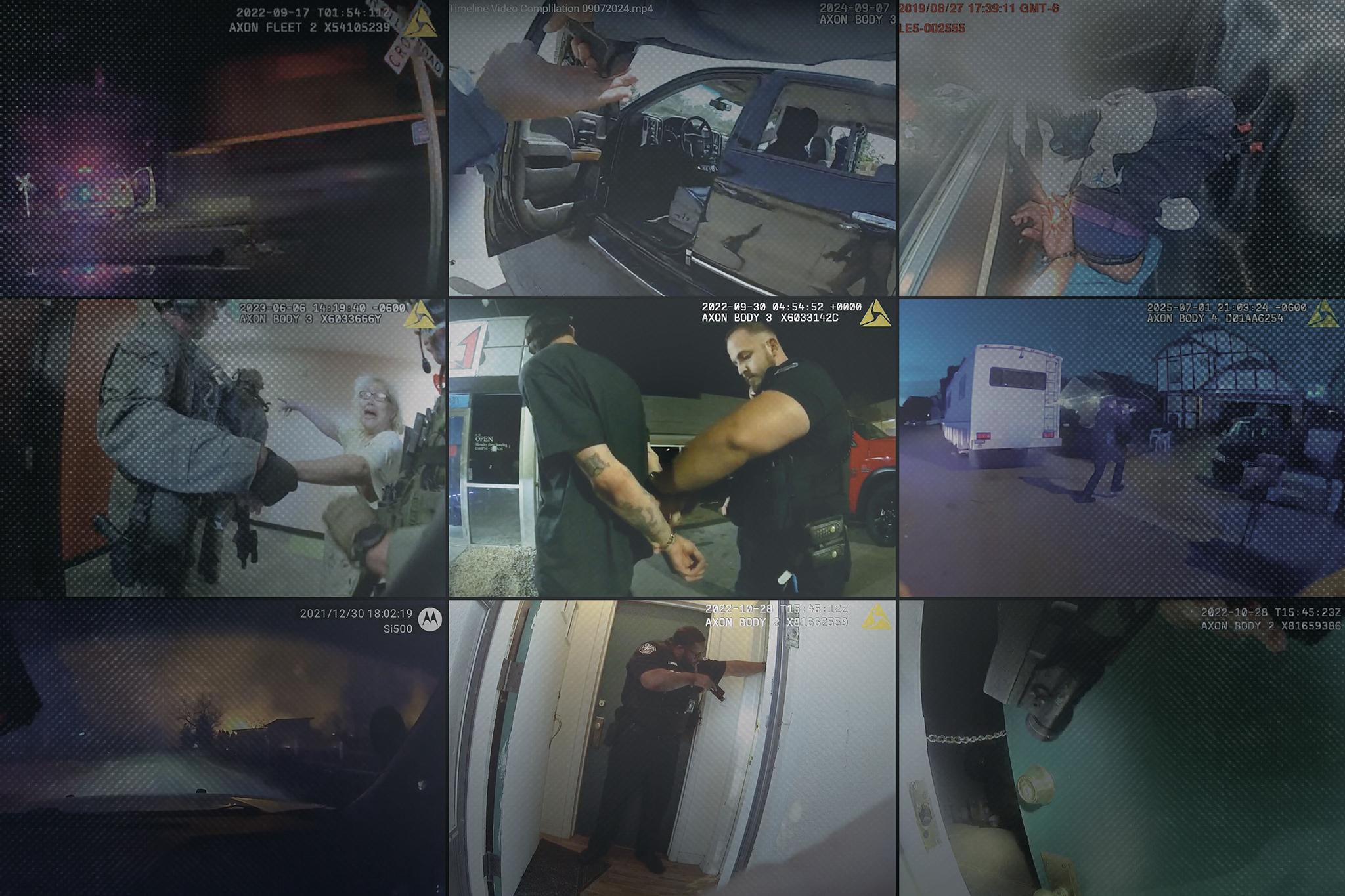
The chances of facing an active shooter where you work -- a matter brought to the fore again by events in Orlando, Planned Parenthood in Colorado Springs and San Bernardino -- are very small. But if you found yourself in that situation, would you know what to do?
It's not an abstract question. There are more public mass shootings in the United States than in any country in the world: 90 between 1966 and 2012, according to a recent study published by the University of Alabama.
According to David Dunda, president of Colorado-based Rapid Response Emergency Systems, it may take first responders between seven and 15 minutes to respond to an emergency, while the vast majority of active-shooter events are over within five minutes.
With that in mind, his company and the Department of Homeland Security (DHS) recommend following these guidelines if you ever find yourself someplace where someone with a gun is opening fire.
1: Run
If you have the opportunity to run away from the shooter, do so -- as far away and as fast as you can. Officials say evacuate even when others may insist on staying. Encourage others to leave with you, but don't let them slow you down with indecision. Have an escape route plan. Be aware of your placement in the building. Don't run toward the front door. According to Dunda, a majority of shooters enter through a front entrance. Remember, exits marked "employees only" or "fire exit" are OK to use in an emergency. Leave your belongings behind and always keep your hands visible.
2: Hide
If you can't get out of the building, you're pinned in your office or see no clear escape route -- hide. Hide out of the shooter's view. Dunda says if the shooter can't see you there may be an "out of sight, out of mind" reaction. If you need to hide, silence your cell phone and vibration mode, lock the doors, turn off the lights and make it as difficult as possible to allow a shooter to enter your location. Barricade yourself if possible. Use tables, desks and large heavy objects to block doors. This might frustrate the shooter enough to move on, and may also buy time for police to respond.
3: Fight
As a last resort, and only if your life is in imminent danger, DHS says you should attempt to incapacitate the shooter. Act with physical aggression, throw items at the shooter and commit to taking the shooter down. Dunda says most individuals are not violent people but when a shooter makes a conscious decision to walk into a location to take lives, you need to fight to survive with whatever motivation you have. He adds everyday office supplies like printers, coffeemakers and even staplers can be used as weapons.
Aftermath
Dunda says being able to treat yourself and others who are wounded is an important part of surviving an active-shooter situation. He recommends taking a basic trauma first-aid class which could include learning how to treat a wound or how to use a tourniquet.
DHS says to remain calm and follow instructions when law enforcement arrives. Put down anything in your hands, raise them, and spread your fingers, keeping them visible at all times. Avoid quick movements towards officers, don't hold onto them for safety, avoid pointing and screaming and do not stop and ask officers for help or direction when evacuating.
If You Call 911
DHS says when calling 911 or speaking to a law enforcement officer, you should provide as much information as possible including:
- The location of the active shooter
- Number of shooters
- Physical description of shooters
- Number and type of weapons held by shooters
- Number of potential victims at the location.
The Department of Homeland Security stresses you should also be prepared before an active-shooter incident occurs: Contact your building management or human resources department for specific information or training on active-shooter situations at your workplace.
Colorado Matters host Nathan Heffel spoke with David Dunda, president of Rapid Emergency Response Systems, and Justin Baumgartner, critical incident specialist for the company.
Information provided by the U.S. Department of Homeland Security, Rapid Response Emergency Systems, the American Red Cross and Ready Houston.
Editor’s Note: As noted in the on-air interview, Colorado Public Radio’s human resources department has coincidentally contracted with Rapid Response Emergency Systems for training of its employees.









